Chunling Wu stunned and inspired the Land8 community last summer with her “Urban Sketching” hand drawings. A UTA landscape architecture graduate student and active Urban Sketchers member, Chunling avidly practices and hones her beautiful freehand drawing technique. She joined us in an interview to talk about her background, process, and drawing influences.
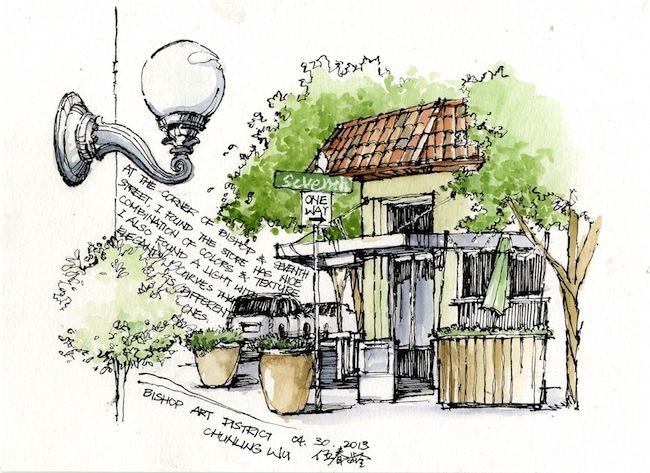 Can you introduce yourself and tell us how you got involved in landscape architecture?
Can you introduce yourself and tell us how you got involved in landscape architecture?
I am a graduate student in the University of Texas at Arlington. I am also an urban designer, sketcher and art amateur.
My way to landscape architecture was complicated. For my undergrad, I majored in environmental art which included courses in architecture, interior design and a little bit graphic design–that was my start to a design career. Back then, I was focused on architecture and didn’t get involved in landscape architecture very much until I found my bible called German Landscape Architecture Design (Translation name, Chinese version published in 2001).
The projects introduced in this book were mostly built around the 90s, but I was attracted by this book and I realized that the many things I learned from architecture and graphic design could also apply to landscape architecture. In 2006, I started my first design job, where I worked on some large-scale projects. Meanwhile, I found another Chinese translated book called Design the American Cities by Richard Marshall. At that moment, I understood that landscape architecture is not just about plaza, garden or park design but also about urban design and planning, and all environments that relate to people. However, I knew I couldn’t find a landscape architecture job just based on passion alone. So after 5 years working in the civil engineering and architecture, I decided to give myself a new beginning and return to school for an opportunity in landscape architecture.
There are many fans of your artwork on Land8. How would you describe your drawing style?
I have had an account with Land8 since 2005 and have learned a lot from other people’s posts. But I never thought my sketching could be inspiring to others as well and appreciate the people’s feedback and warmth on Land8.
I don’t know how to describe my drawing style. I don’t think about style. Actually I believe I developed it from different stages and I am still improving it. I have been influenced by Japanese comics since 12. I learned classical sketching in high school. Later on, I was inspired by one of my best friend in high school who is good at calligraphy. When I was in university, I bought a book called The Art of Architectural Illustration. I was fascinated by some artists’ works in that book. During my first job, I had a friend, a young master in landscape graphic drawing, who gave me a lot of advice. Then I had a four to five year gap when I didn’t draw at all until I started my landscape architecture education in UTA in 2011.
You commented on Land8 before that you didn’t start sketching until you were inspired by “a famous landscape architect and really good mentor.” Can you tell us who that was and how you got started with sketching?
Yes. His name is James Richards. He is an urban designer, a professor in landscape architecture program at UTA, and the author of Freehand Drawing and Discovery: Urban Sketching and Concept Drawing for Designers.
Jim showed us his unique style in sketching in a faculty recruitment presentation. Right after that presentation, I immediately knew that I needed to take his class and become his teaching assistant. So I made an appointment with him, met up and showed him my work. In 2013, I became his TA for a communications class and I absolutely love it. He not only shows the photos and design samples, but he’ll also talk about his experience and stories in the local Urban Sketchers Group, an organization that does on-location drawings. The most important thing I have learned from him is that a designer should have an open-mind in order to appreciate other people’s work and to absorb wide knowledge from other fields. When I got involved more in his studio and urban sketching class, he encouraged me to sketch outside and participate in Sketchcrawl.
Who are some of the most influential landscaped architects and artists influencing your sketching style today?
Thomas C. Wang, Willem van den Hoed, James Richards, Chip Sullivan, Ch’ng Kiah Kiean, Thomas Schaller, and many traditional Chinese paintings.
How have you found sketching helpful in the design process?
Yes absolutely helpful. Some people would think sketching is to copy and replicate the objects, and one day uses them in a design. I would say, sketching is not only recording but also an observation and learning process. Once I need to improve a residential conceptual planning. A walking axis set among residential towers ended up with a sculpture. Image this, people are walking along the axis and get attracted by an interesting sculpture, but they find nowhere to hang out and enjoy the place. So the solution was to add a small plaza in front of sculpture that provided a gathering space and used sculpture as visual focal point at the same time. This is a lesson I learned from my observation in New York City and my hometown Shanghai. So I would say copy maybe tells me what sculpture I can use. But sketching is a process to train my eyes and brain to find problems in the design and seek solutions that are already around us.
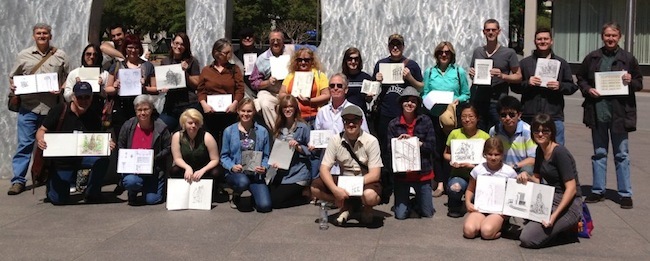 You are part of Urban Sketchers Texas. Can you talk a little about how being part of that organization helps you improve as an artist and as a designer?
You are part of Urban Sketchers Texas. Can you talk a little about how being part of that organization helps you improve as an artist and as a designer?
It has not been a long time since I joined Urban Sketchers Texas. As I mentioned, Jim encouraged me to be involve in this group last year. The most wonderful thing of being part of this group is that it opened my eyes. I saw people’s passion from all over the world and from different occupations. I saw interesting skills and perspectives that are quite different from landscape architecture. I met people who are not shy to post their work, even when they lack drawing experience. The group reinforces positive qualities that artists and designers need to have to be successful: to be open minded, be brave, and be willing to learn from one another.
Any advice for landscape architects who hope to improve their urban sketching skills?
I’m still learning, so I’m not sure if I am able to give helpful advice. But drawing from my experiences I would say:
- It is ok to be frustrated, but it is not ok to give up.
- When you practice your skills, it is not shameful to copy other people’s style.
- Slow down when you feel that using a fast and loose style is not helpful to you.
- It is never too late.
Thank you Chunling for sharing your inspiring sketches, your story, and wisdom with Land8!
Published in Blog


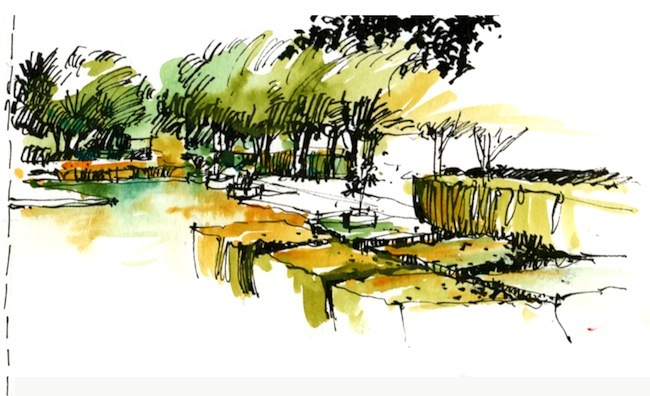
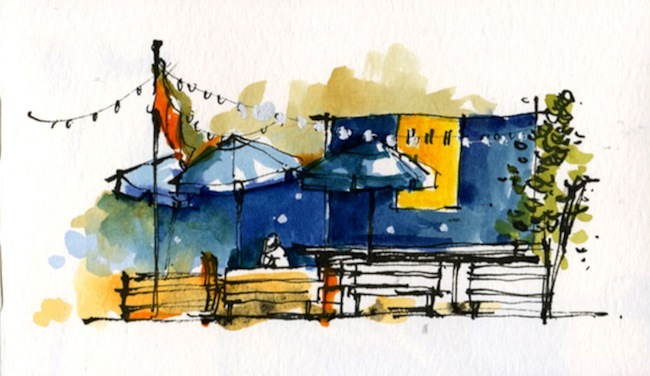
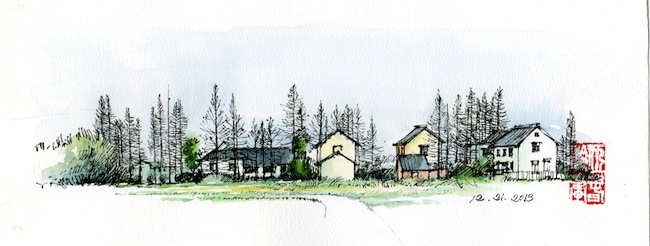

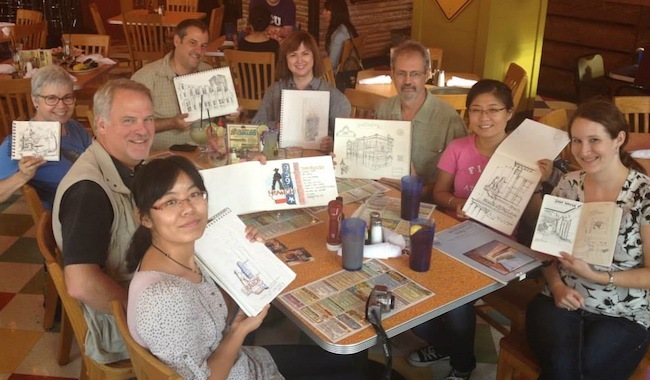
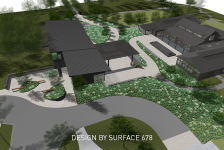


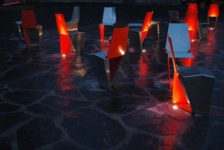

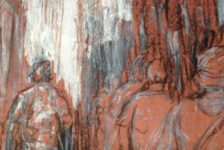

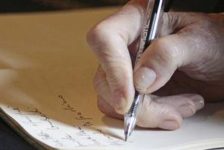
Jason Packenham
“…sketching is a process to train my eyes and brain to find problems in the design and seek solutions that are already around us” Nailed it!
When teaching, I sometimes find students are hesitant to put pen to paper without knowing what sort of final sketch they are trying to create… I think your quote above explains it perfectly–it’s as much about the process as it is the end product. What’s more important than creating a beautiful drawing is what you gain from the process of putting pen to paper, and how this can inform your work. Although it certainly helps when they turn out as nicely as yours above!
Patrick Gracewood
Drawing can be a product, but first it is a way of seeing AND thinking. When I find out landscape designers or sculptors don’t draw, I wonder “How on earth do you think things through?” All too often, they don’t.
Patrick Gracewood
Enjoyed this article and Chunlin’s approach to drawing.
Chunling Wu
Thank you for both of you for kind comments.